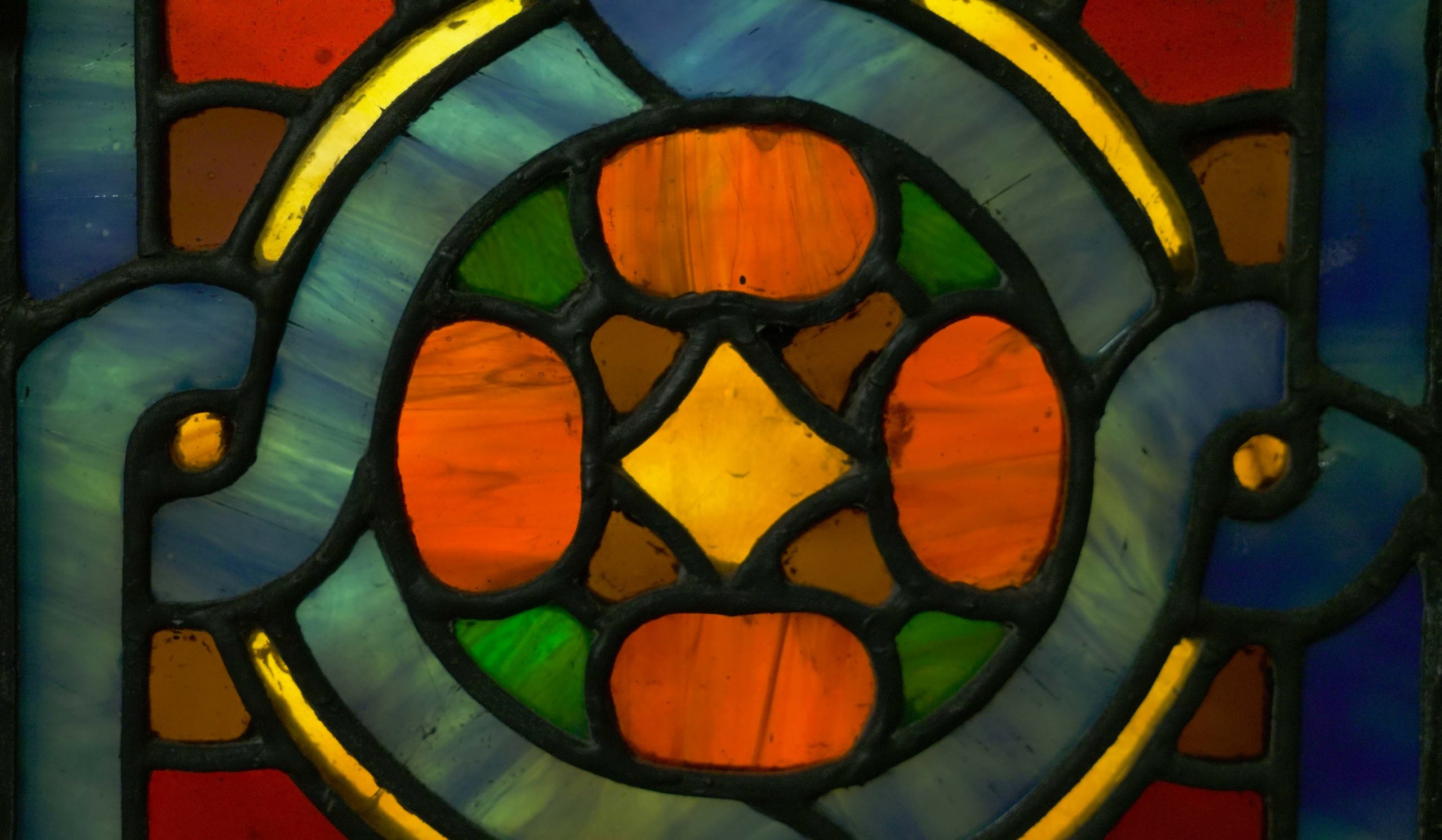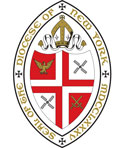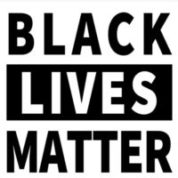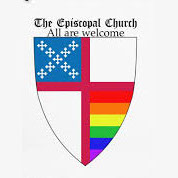Podcast: Play in new window | Download (Duration: 13:22 — 9.8MB)
Subscribe: Apple Podcasts | RSS
What a story we are presented here, in the wake of Jesus’ resurrection!
Before we go into the passage for today, I want to set the scene: Jesus has returned from death and conquered the grave. Before our passage today, he appears to Mary Magdalene, who does not recognize him, but then greets him with an emotional and warm embrace. Jesus, though he has not been “doubted,” has already been deemed unrecognizable by one of his closest followers, but then accepted and celebrated profoundly.
Now, today, we read Jesus’ next move: he goes to the disciples, who have locked their doors. The disciples are hiding in fear of what John calls “the Jews.”
That’s Loaded Language in our era. We see the reality of violence in this translation. Thinking back, when Jesus was arrested, all the disciples fled: they ran away from the site of Jesus’ death. John and Peter followed the arresting mob at a distance, and John was at the foot of the cross when Jesus was executed. Other than John’s presence, Jesus’ closest followers have
been in hiding since His capture. John, as we have discussed throughout Lent and Holy Week, again uses the term “the Jews” in reference to the religious leaders of Jerusalem and their loyal adherents. It would be reasonable for the disciples to assume that if Jesus’ enemies could have Him killed, they might well be looking to get rid of His students, as well. So, they are hiding from the leaders of this time, in fear that their Messiah has been executed and is nowhere to be found. The “Jews” in this story are religious and political leaders.
As Jesus approaches these doors to find the disciples, we don’t know if it’s a dramatic Hollywood style gesture with extra joy, suspense, or flair, or a simple gesture after knocking on the first door he knew held the disciples. But, Jesus says something that feels entirely Jesus-y given his behavior prior to his death. He simply says, “Peace be with you.”
This language is familiar to us, brought in from our Gospels. Anyone recognize it? Though some of us use a hand gesture – it’s our language of the passing of the peace. How often do we exchange the passing of the peace with these very same words, without even thinking? Some Sundays, the passing of the peace is a beautiful and vibrant experience, where the congregation walk across aisles and spend moments catching up and sharing joy. At other times, I’ve seen it look more muted, hesitant, or demure. In my own experience, I recall a month
spent in Copenhagen, feeling lonely and down on myself. I sought out the local Anglican Church for a sense of familiarity. I wasn’t greeted as I entered, and as I overheard some conversations I recognized that I was mostly amongst British expatriates. As the time came and the peace was exchanged, I received some small greetings of hello – maybe one tight smile – at an untrustworthy distance.
I attributed this encounter to the cultural knowledge that Americans are seen by the rest of the world as overly friendly, but I also sensed a conditional agreement that’s required to be part of a community, to be part of the “in crowd.” I felt the distance between myself and these other people, or even between each person worshiping, with a skepticism I didn’t know how to break
through. It made me wonder: was I enough to be there?
Yet, in John’s Gospel, Jesus invites the disciples into unity with him, and among themselves. Jesus also goes on to say to the disciples: “As the Father has sent me, so I send you.” And even further, Jesus breathes – he breathes – on them, and says, “Receive the Holy Spirit.” We benefit from calling it what it is: the Pentecost event in John’s gospel. This is the Holy Spirit’s arrival
and presence, which comes with peace and power. Jesus is sending the disciples out to greet, engage, and connect with their communities and all believers.
We know Jesus saw and embraced people in a myriad of ways, and most often that didn’t include long introductions or a disclaimer on who they are. Sure, they were sometimes provided to him, but that never mattered–Jesus embraced and connected with everyone with a fondness and a
charge inspired by God. Jesus embraced people without suspicion, but the grace of presence and community is freely bestowed upon us by and through Him.
Jesus does this too. Jesus has called himself a stranger in his sermons and stories. As a stranger, who was welcomed. That strangerliness, for lack of a better word, and welcome is a crucial path to the household of God.
How often do we feel like an outsider or an outcast in our own schools, our workplaces, our neighborhoods, our friend groups? How often do we feel a bit awkward and uncomfortable at that random party or social gathering where we’re invited to as a plus one, where we’re eyed with suspicion?
In lucky moments and Jesus-like environments, we’re embraced as part of the crowd, without any condition. We get to play the party games or go on field trips with bonding opportunities where there’s an equal framework. Someone might invite us into a conversation by asking our perspective on the topic, and we join in on the fun. Maybe we’re a newcomer at church, and
we’re warmly welcomed by a greeter at the back or, hmmm, during an exchange of a “Peace be with you!”?
These moments of welcome, of peace, and of unconditional grace must be part of our invitation to our neighbors, just as Jesus has instructed us. We must give as we have been received. What can we do to welcome and embrace?
Further, and best of all, when the disciples have been blessed with the gift of the Holy Spirit, Jesus says, “If you forgive the sins of any, they are forgiven them; if you retain the sins of any, they are retained.”
As Rev. Cyndi Banks has said in her own sermon on this story, when Jesus talks about forgiving in this passage, the word Jesus is using emphasizes a release, to let go, to keep no longer. And when Jesus talks about retaining, the word means to hold fast, not to let go, or to continue to hold.
It’s a deathgrip—it literally means “of death continuing to hold”—it’s the death that won’t let go. Jesus wants us to forgive, to embrace, to be connected to one another. He instructs the disciples to acknowledge the forgiveness of sins in those they encounter. To let go, as they ask for forgiveness and are forgiven. To hold onto them tightly, with a grip only known by those who have gone before. To hold fast, but to do that forgiving, too.
This is it. This is our call, too. This is our work.
Yet, welcoming is hard. Forgiving is even harder. We know that. We see it in our own lives. It’s difficult to welcome the stranger and absolve the people who are sorry, who are seeking forgiveness for themselves from a place we can never be certain is genuine or is real. It would be unfair of us to say that Jesus hadn’t been prepared for that, and that God prepares that within and for us.
Knowing how difficult belief is, how hard it is to welcome and to absolve, we can better read the story of Thomas. How he wasn’t there, and he touches the marks of the nails in Jesus’ hands, and touches the wound in Jesus’ side. So when Jesus says to Thomas, “Put your finger here and see
my hands. Reach out your hand and put it in my side. Do not doubt but believe,” only then does
Thomas declare: “My Lord and my God!”
Thomas believes because Jesus has shown him.
Jesus then goes on to say: “Have you believed because you have seen me? Blessed are those who have not seen and yet have come to believe.” Yes, belief comes out of a mystery, often times, but Jesus is not admonishing Thomas. Jesus knows that belief is hard, that an unconditional trust and
absolution does not come naturally or easily. He knows because, even after he has told the disciples what was to come, even after the prophecies were fulfilled, they still needed to see him, to hear his voice, and to receive the message of peace he brought to them.
And John knows, because he tells us why he’s written these stories – to share them, so we might believe, too.
Belief comes in many forms in our gospel stories, but this example shows how Jesus led Thomas into deeper belief with a sacred act. That Jesus understood how Thomas needed this moment of intimate evidence to understand Jesus’ pain, death, and resurrection that much more profoundly. What if, then, we are Thomas, and what if Jesus is asking us to touch the wounds of our trans
siblings, of our siblings of color, of our siblings on the Border, of our siblings in poverty and in distress? What if deeper belief comes from seeing the harms and the deaths of their struggles as the marks of his nails, to know that when we encounter their wounds, we’re touching Jesus’ very own?
I visited El Paso and Chihuahua with my classmates last month for a week-long trip of this very nature, of knowing and understanding. We went to talk with Border Patrol, nonprofit organizations, and local clergy about their experiences on the Border. On our first full day there, we spent our time welcoming and assisting recently arrived migrants coordinate their travel from El Paso to their destinations. We heard, anecdotally, the trials they endured. The heat they
experienced, the things they left behind, the bodies they saw along the way. To know their pain, to see for ourselves, to touch their wounds taught us that much more about the realities of what is happening along the Border.
I read every day about the legislation targeting trans youth and adults, with the most recent legislation in Missouri working to effectively ban all care. I talk with my friends about the fear and anxiety of knowing the resistance to the person they’re becoming is ever present despite, as Daniel Lavery once said: their existence is like “wheat but not bread and fruit but not wine – God
made it so that humanity might share in the act of creation.”
In learning these stories, in knowing their pain, in seeing the nails in their hands, I might better know how to embrace them in their suffering.
Likewise, as these people have blossomed into being, I might know the resurrection and new life.
Of the new life of a new country, return to family, a new language and culture interwoven with one’s own and informed by one’s experience. Of the new life of transition, namings, and chosen family.
In these, and in all examples, we must remember our Biblical duty: to read and engage with the work of justice and of the power of peace. Like Thomas, we must not shy away. Like the disciples, we must unlock our locked doors and see our Lord face to face. We must work to proclaim peace through the love and community we are given by God. Only then, might we partake in the joy of the resurrected life.





